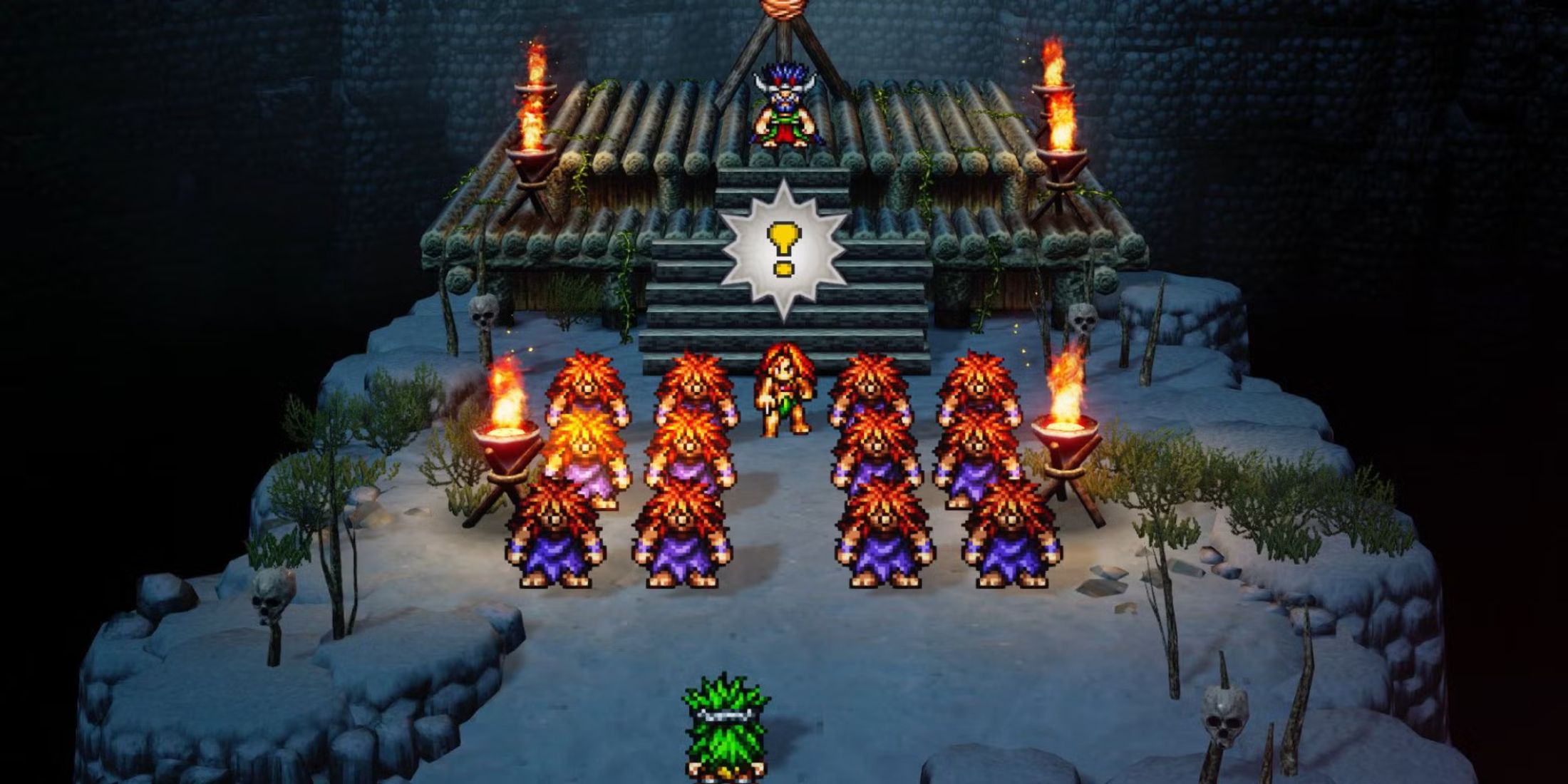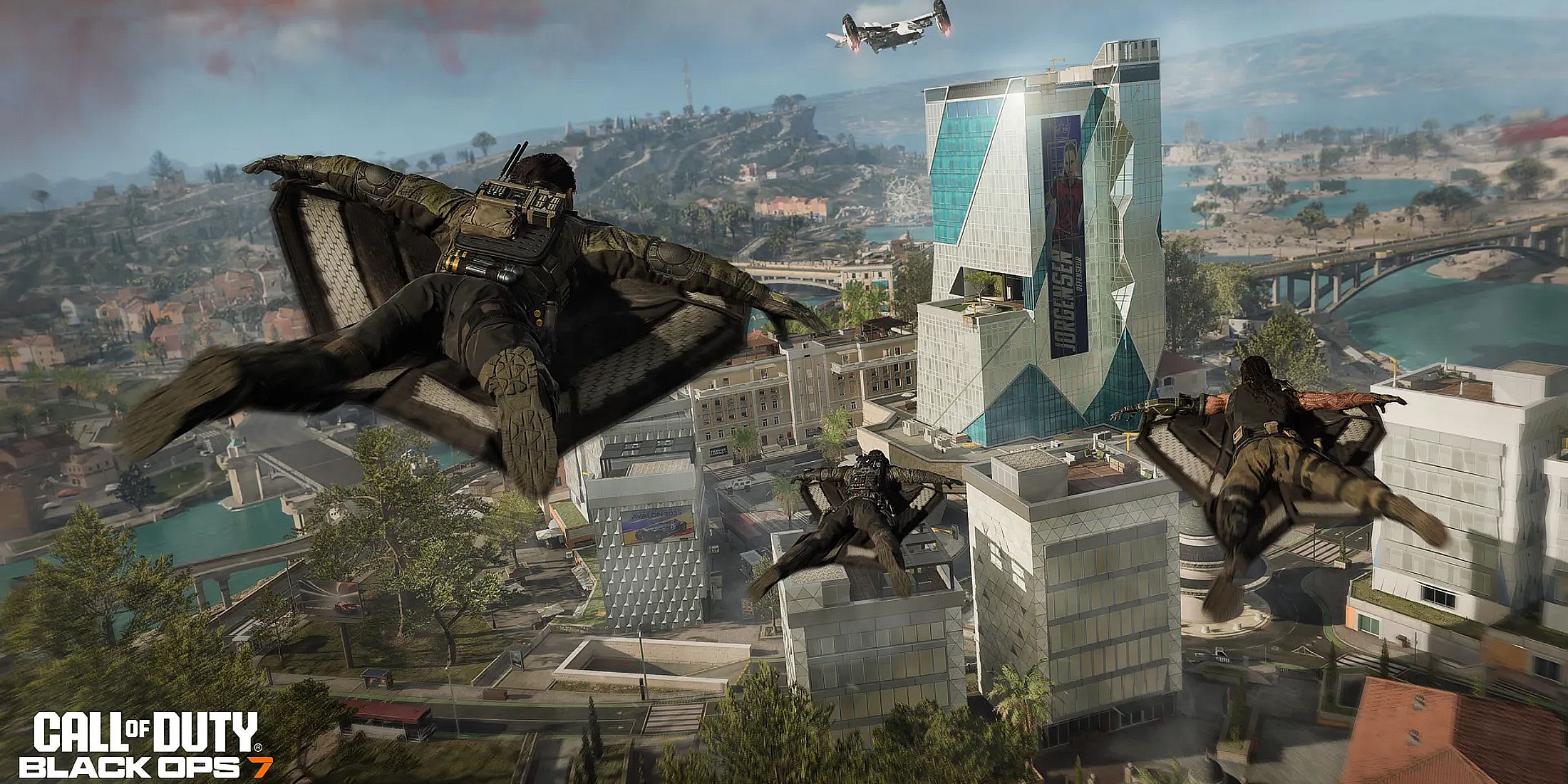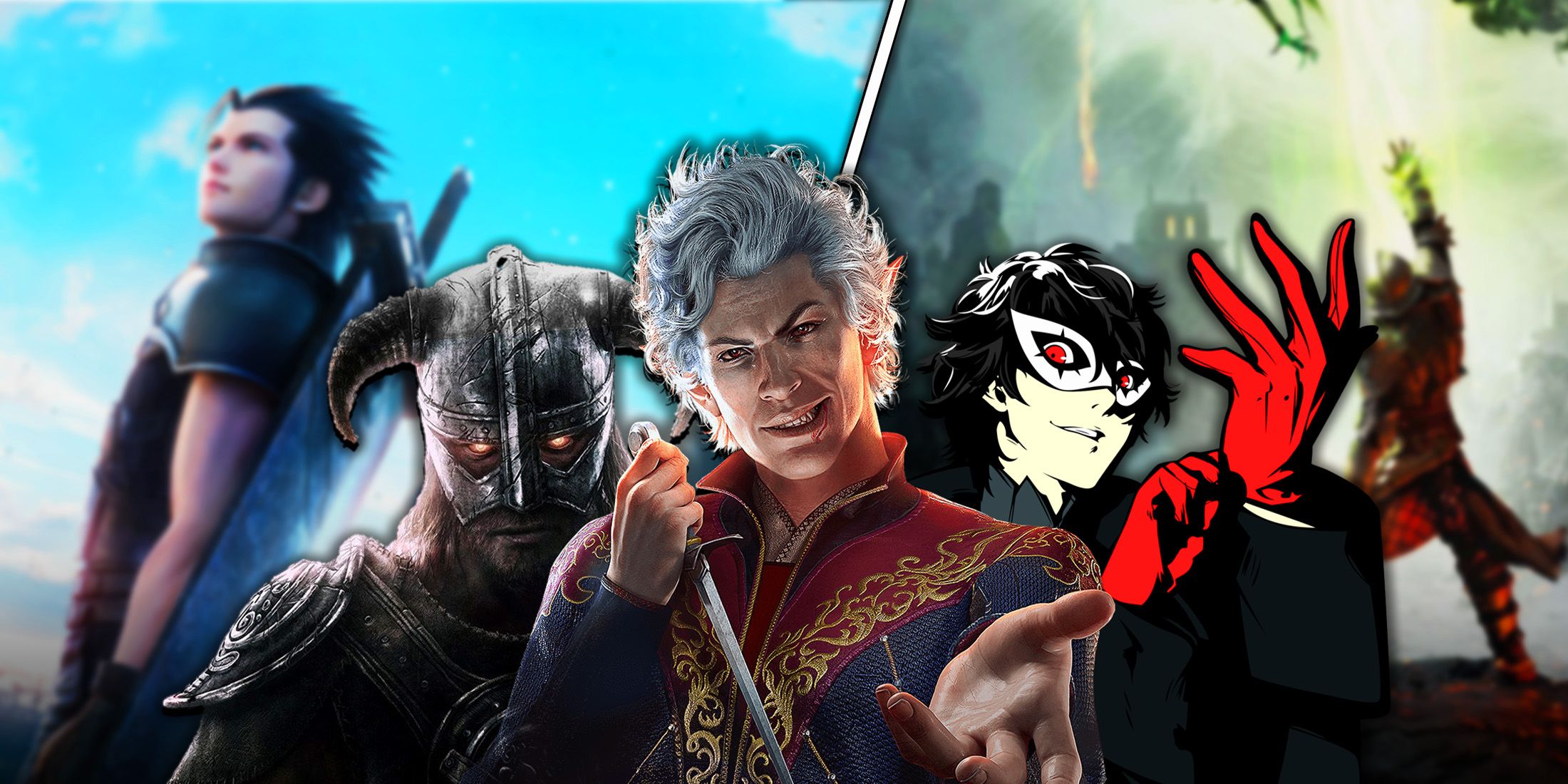Summary
- RPGs encompass diverse categories like ARPGs, TRPGs, and MMORPGs with unique gameplay styles and mechanics.
- JRPGs and WRPGs differ in storytelling, character development, and gameplay design, catering to various player preferences.
- Action RPGs offer fast-paced combat, while turn-based RPGs provide sequential gameplay with strategic elements for deeper challenges.
When it comes to the various types of games and their genres, the RPG is one of the most popular, diverse, and longest-standing categories in the industry. From having fast-paced, action-packed gameplay to focusing on slower, more strategic mechanics, there is a wide range of options for every type of player.
Nearly all role-playing games share the same core concepts familiar to the genre, but there are many different categories and subgenres of RPGs, each with its own distinct design and gameplay elements that set them apart. Suffice it to say, it can be downright confusing for those looking to dive into the genre for the first time.
1
JRPG vs. WRPG
Regional RPG Differences
To start, there are two main categories of role-playing game styles, those being Japanese RPGs and Western RPGs. Both follow the same typical RPG blueprint anyone would expect, but they have their own design differences.
As the name suggests, JRPGs started out in Japan, and tend to focus on their stories and character building with more of an emotional component worked into both, often containing a bit more of a semi-linear plot. WRPGs tend to offer a more open-ended experience, where the player forges their own journey as they see fit.
That’s not to say that one is better than the other, though; it’s purely based on the player’s personal preference of which style they may enjoy more. Both of these categories of RPG can vary widely in their gameplay styles, which are covered in more detail below.
JRPGs: Final Fantasy, Dragon Quest, Persona
WRPGs: The Elder Scrolls, Dragon Age, Ultima
2
Action RPGs (ARPG)
Fast-Paced, Action-Packed Combat
The subgenre of action role-playing games isn’t the oldest, but it is easily one of the most common today, with many of the biggest names in the RPG genre being action-based.
ARPGs are often considered easier to get into and learn the mechanics of, depending on the game. They often feature fast-paced, real-time combat that can focus on chaining attacks together for combos, or simply a button-mashing, hack-and-slash experience. It’s one of the more approachable RPG subgenres out there, being relatively easy to pick up with some exceptions, like Soulslike games, for example.
Examples: The Elder Scrolls 5: Skyrim, Elden Ring, Mass Effect 3
3
Turn-Based RPGs
Sequential Gameplay With A Variety Of Options
Onto the category of turn-based role-playing games, and it seems like a rather self-explanatory title. But the subgenre can vary pretty widely in what sort of formula they use, how gameplay operates, and the overall difficulty.
At its core, combat alternates between player and opponent, while most of the game’s exploration happens in real-time in a sort of “overworld.” But over the years, there have been many different twists on the formula, with some having no time limit on turns and others requiring a waiting period between moves or attacks. For example, some of the early Final Fantasy titles were true turn-based combat, where turns alternate sequentially with no time limit. But the series has also adopted an ATB (Active Time Battle) system, which factors in skills and effects for turn order and timing.
Examples: Clair Obscur: Expedition 33, Persona 5, Paper Mario
4
Tactical RPGs (TRPG)
Slow & Strategic Battles
Tactical roleplaying games may share many similarities with the previous subgenre in usually featuring sequential combat. But they may appeal to players who want a bit more of a challenge with deeper systems.
Where turn-based RPGs mostly focus on the combat and abilities, TRPGs mix in the element of unit positioning, which can greatly affect the outcome of each battle. The subgenre commonly follows similar mechanics with a few differences, especially regarding difficulty. Some have straightforward and beginner-friendly mechanics, while others focus much more on in-depth unit management, making for some downright tough gameplay throughout. TRPGs are not exclusively turn-based either, with titles like Shadow Tactics: Blades of the Shogun and Commandos taking place in real-time.
Examples: XCOM 2, Final Fantasy Tactics, Shadow Tactics: Blades of the Shogun
5
Computer RPGs (CRPG)
The Classic Roleplaying Experience
Computer role-playing games usually denote titles that follow a similar style and mechanics of RPGs from the 1990s and 2000s on the PC platform, hence the category is also commonly referred to as “Classic RPGs.”
The gameplay of older CRPGs commonly followed a turn-based formula from an isometric or overhead perspective, but the subgenre isn’t exclusive to one style of gameplay or viewpoint. Some iconic CRPGs from the 1990s, such as Ultima, Icewind Dale, or Jagged Alliance, follow a turn-based battle system, where others, like Diablo, System Shock 2, or Daggerfall, feature action-based combat in real-time. The defining point that all of these CRPGs share is their focus on a player’s build and skills, which can influence combat and other interactions much more than other role-playing games.
Examples: Baldur’s Gate 3, Warhammer 40,000: Rogue Trader, Planescape: Torment
6
Massively Multiplayer Online RPGs (MMORPG)
Bringing The RPG Experience Online With Thousands Of Other Players
Massively Multiplayer Online RPGs are some of the most popular titles in the larger role-playing genre, with even some of the oldest MMOs garnering tens of millions of players across the world to this day.
The core of MMORPGs has remained the same, the online component, and with all the different MMOs that have emerged over the years, the subgenre has a wide selection of different experiences to offer. From the classic medieval fantasy Runescape’s world of Gielinor, to the high-tech, space-exploration of EVE Online’s New Eden. Further than variety, MMORPGs also offer a large amount of content to explore, with many of the games expanding with a consistent flow of updates.
Examples: Runescape, World of Warcraft, Elder Scrolls Online
7
Roguelike / Roguelite RPGs
Hardcore RPGs With Little In The Way Of Hand-Holding
When it comes to Roguelike and Roguelite RPGs, the main similarities between both include the use of procedural (randomly generated) levels, and oftentimes requiring a fair amount of practice and skill in comparison to more traditional RPGs.
The original “Roguelike” games typically focused on dungeon-crawling with grid-based movement through randomized levels, oftentimes featuring perma-death to create an even tougher experience. The newer “Roguelite” category of games is very similar, but tends to contain extra features and options to make the experience more approachable and less punishing, like offering carry-over progression between playthroughs.
Examples: Hades, Dead Cells, Mystery Dungeon Series













